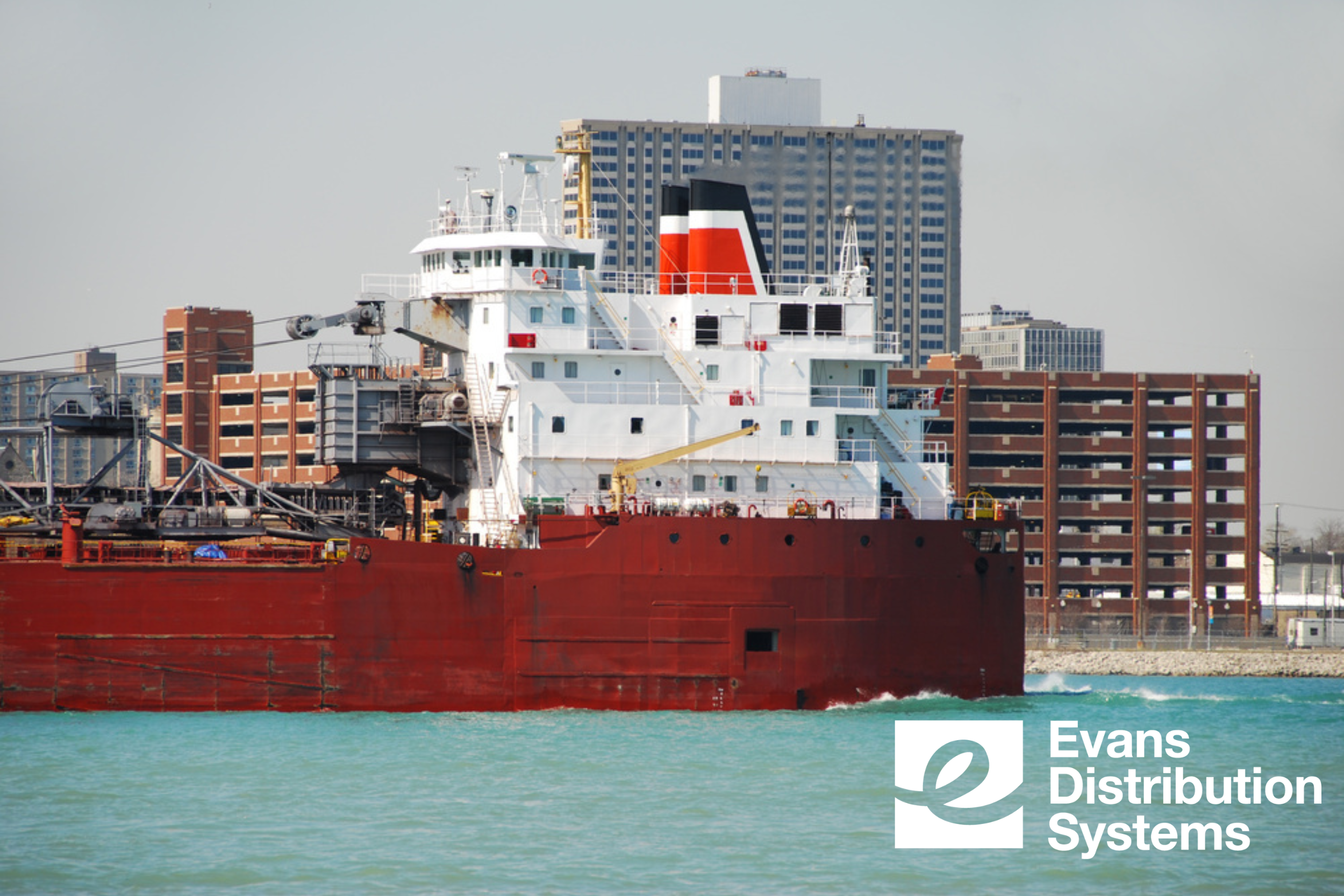The Motor City, known for its automotive legacy, has been the epicenter of automotive manufacturing since the 1890s with the founding of the Detroit Automobile Company. The Port of Detroit has significantly supported the automotive industry and has evolved well beyond it, serving as a critical access point for domestic and international trade to the Midwest region and Canada.

Located on the Detroit River, which shares a border with Windsor, Ontario, Canada, the Port of Detroit benefits from the strategic location along the Saint Lawrence Seaway. This waterway links the Great Lakes to the Atlantic Ocean over a 2,340-mile journey, starting from the Saint Lawrence River to Lake Ontario, through the Welland Canal into Lake Erie, and reaching the Detroit River from the western side of Lake St. Clair.
History
In 1701, Antoine de la Mothe Cadillac planted the French flag in Detroit, establishing Fort Pontchartrain du Détroit, which became a major trade hub in the 1700s due to its proximity to the Detroit River. By the early 1900s, the booming automotive industry transformed Detroit into a thriving industrial city, making it the fourth-largest in the U.S. The Detroit Wayne County Port District was established in 1933, with its official board meeting taking place in 1980, chaired by Henry Ford II.
Today’s Trade
The Port of Detroit remains a key transportation hub. Recent investments in infrastructure improvements include container terminals, intermodal facilities, and transportation networks. A diverse range of goods moves through the port, including cars and auto parts, steel, coal, ore, machinery, electronics, grain, corn, fertilizers, and bulk cargo. The port also serves as a vital link between the U.S. and Canada, connected by the Ambassador Bridge and, by 2025, the newly built Gordie Howe Bridge, which will enhance accessibility between Detroit and Windsor.
Today’s Economic Development
Beyond trade, the Port of Detroit has become a local entertainment destination known as the RiverWalk, a 3.5-mile path extending from Joe Louis Arena to Gabriel Richard Park. The RiverWalk features parks, pavilions, and eateries, symbolizing Detroit’s revitalization. Beautification efforts have restored the city’s charm, marking a significant chapter in Detroit’s ongoing resurgence.
